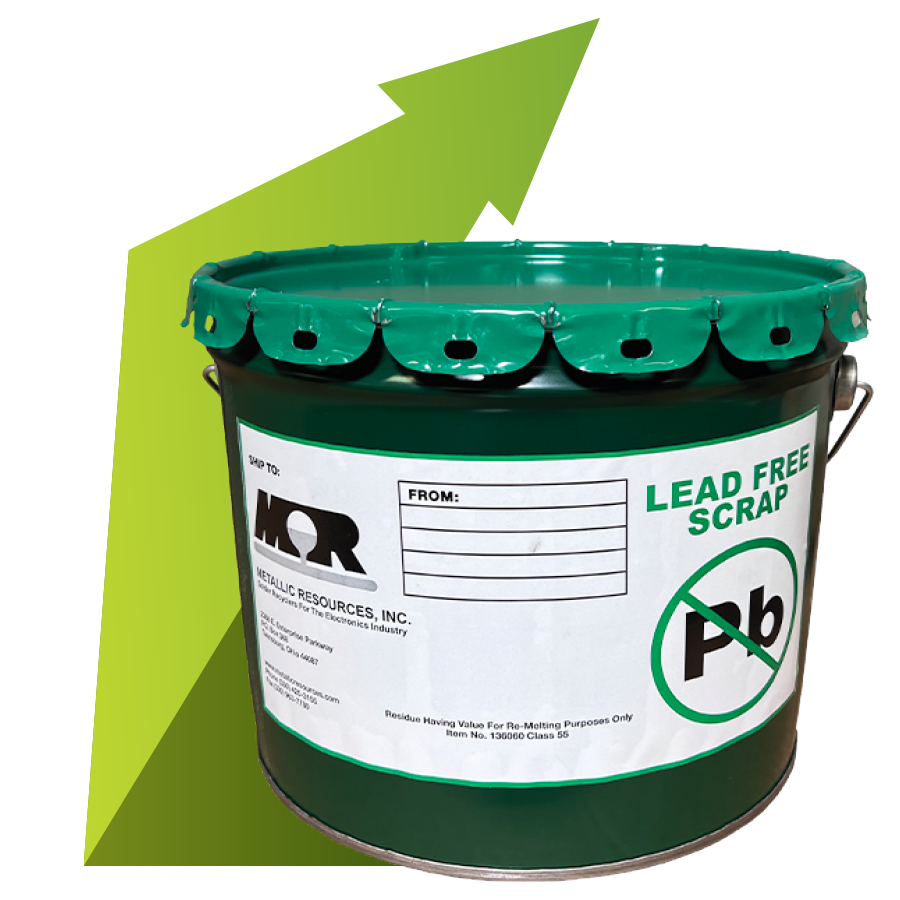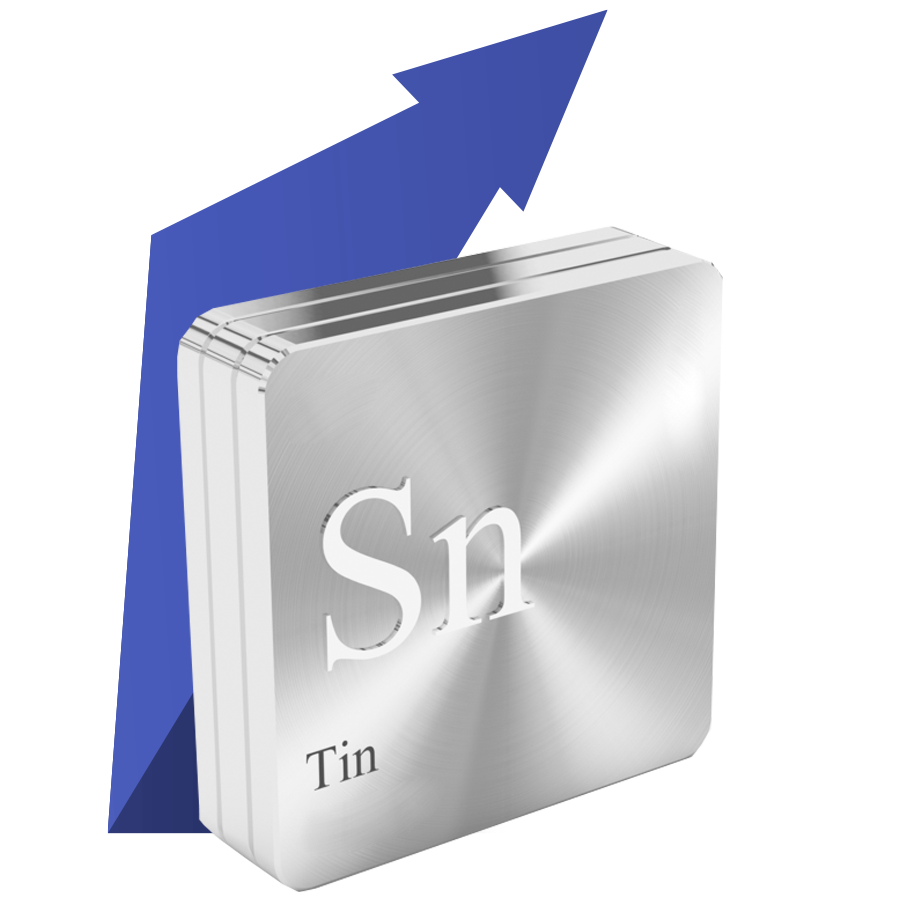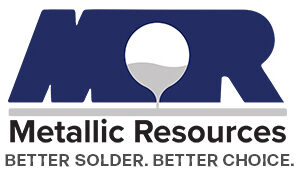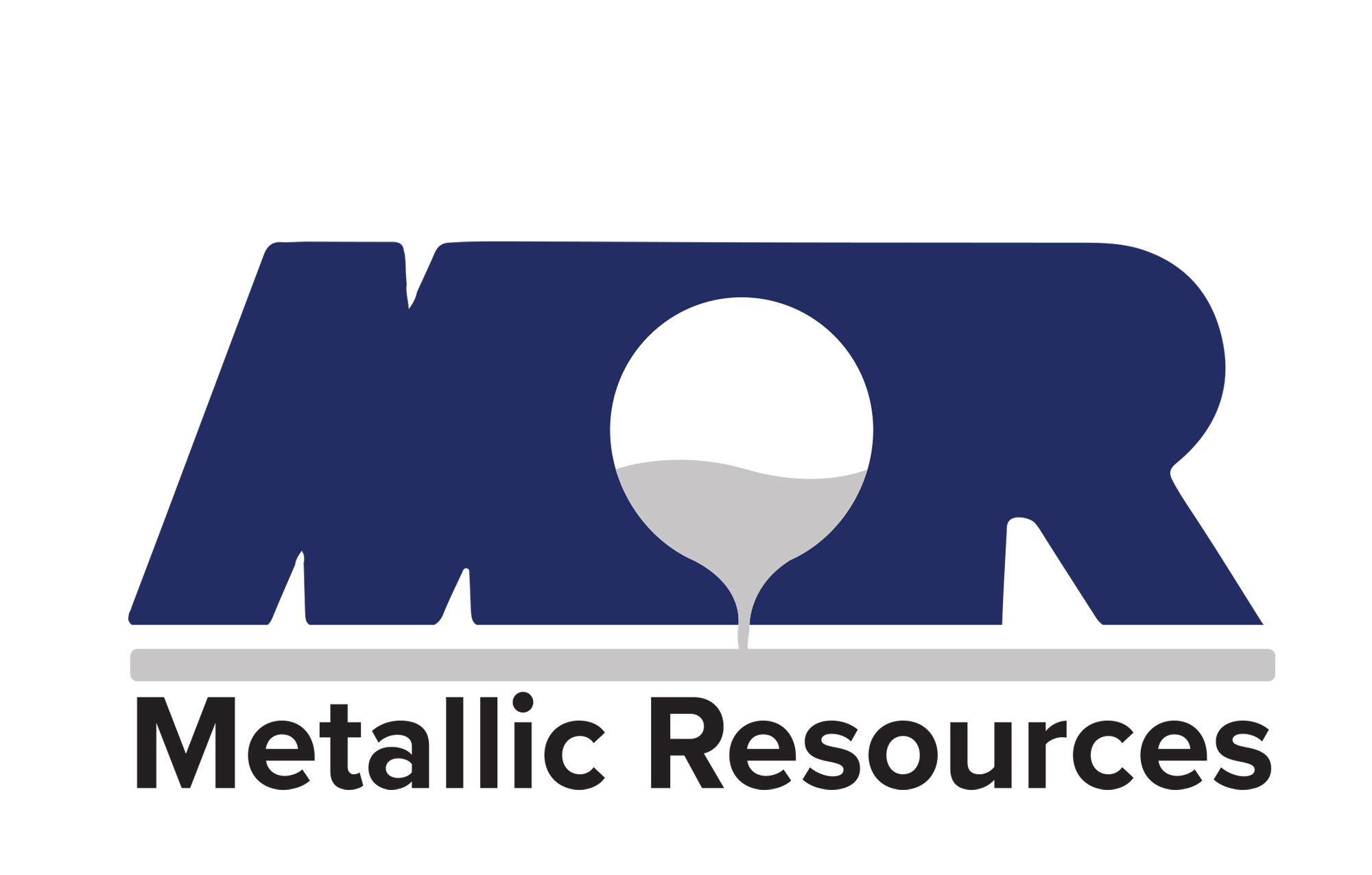Benefits of Recycling Solder Dross:
Recycling solder dross is an important step in creating a sustainable and environmentally friendly production process. Solder dross is the oxide that is created from the soldering processes which still has economic value when recycled. This material may be hazardous to the environment if not recycled. Recycling solder dross can help to reduce costs and environmental impact while providing many other benefits.

One of the primary benefits of recycling solder dross is that it can significantly reduce the cost of production. By recycling your solder dross with The Solder Dross Experts, manufacturers can reduce the cost of new solder they need to purchase, thus saving money. This also reduces the amount of waste that is generated, which can help to reduce disposal costs. In addition, recycling solder dross can help to reduce the amount of energy that is needed to produce new solder, thus reducing the environmental impact.
Metallic Resources manufactures the purest quality electrolytic solder in the industry.
The Physical Properties of TIN:
Tin is a chemical element with the symbol Sn and atomic number 50. Tin is a soft, malleable, and ductile metal that has a silvery-white color and is a post-transition metal. Tin is often found in combination with other elements and is most commonly found in the form of tin oxide. It is one of the few metals that can be easily melted and is used extensively in alloys such as solders and pewters. Tin is also found in various organic compounds.

Tin has a density of 7.265 grams per cubic centimeter, and a boiling point of 2602 degrees Celsius (4716 degrees F). It has a melting point of 231.9 degrees Celsius (449.5 degrees F) and a specific gravity of 7.31. Tin measures 1.5 on the Mohs scale.
Tin is a relatively soft metal and is one of the few metals that can easily be melted. As a result, it is widely used in the production of solders and alloys, such as pewters. Tin is used in the production of tin cans, and is also used in the production of bronze, which is an alloy of copper and tin. Tin is also a key ingredient in some polymers and is used in the production of certain types of plastics.
What is solder paste and How does it work?
Solder paste is used in the electronics industry to solder (create a strong electrically conductive bond) electronic components to a printed circuit board. It is a mixture of solder powder and flux which consists of rosin/resin, activators, rheological additives and solvents. The solder powders in solder pastes are usually made of tin, lead, silver, copper and other elements. The integral flux helps clean the surfaces for solder and prevent reoxidation during the reflow process. Paste is applied to a printed circuit board (PCB) using a stencil, and then reflowed in a reflow oven to form strong, reliable solder joints. Solder paste is available in a variety of compositions and alloys to suit different surface mount technology requirements.

Properties of Solder Paste:
Activators: Activators in solder pastes removes the oxide layer of solder powder, component leads and the PCB pads during the reflow process. The activator and rosin/resin in the flux also prevent the metal surfaces from reoxidation.
Thixotropic property: Most solder pastes are thixotropic pasty materials. The paste becomes less viscous after stirring, or movement over the stencil and the viscosity recovers when the sheer stress is removed. The thixotropic property of solder paste helps the stencil release of the paste during the printing process and prevent the paste slumping after printing.
Tackiness: The tackiness nature of solder pastes also serves as a temporary adhesive that holds the components in place. The tack in solder paste is contributed by components in the flux vehicle, and the natural ‘stickiness’ of rosin/resin is a frequent contributor.
Slump resistance: Solder pastes are formulated to be slump resistance before (cold slump) or during (hot slump) the reflow process. This is achieved by the thixotropic property of the solder paste and by carefully balancing the evaporation rate of the solvents in the flux.
Uses of Solder Paste:
Solder paste is typically used in a stencil-printing process by a solder paste printer in surface-mount technology (SMT). In this process, the solder paste is applied to a PCB, and then components are placed onto the paste. Then the populated boards are sent though a reflowed oven to form the solder joints.
Solder paste can also be dispensed by pneumatic dispensers, by pin transfer in which a grid of pins is dipped into solder paste and then applied to the board, or by jet printing in which the solder paste is ejected onto the pads through nozzles.
Benefits of Solder Paste:
Consistent application: Solder paste allows for consistent and precise application of solder, which helps to ensure that the resulting solder joints are strong and reliable.
Improved efficiency: The use of solder paste can help to speed up the soldering process and improve efficiency, as it eliminates the need for manual application of solder.
Increased accuracy: The precise application of solder paste helps to improve the accuracy of the soldering process, which can be particularly important in the manufacturing of complex electronic devices.
Reduced waste: The use of solder paste can help to reduce waste, as it eliminates the need for manual application of solder, which can often result in excess material being used.



